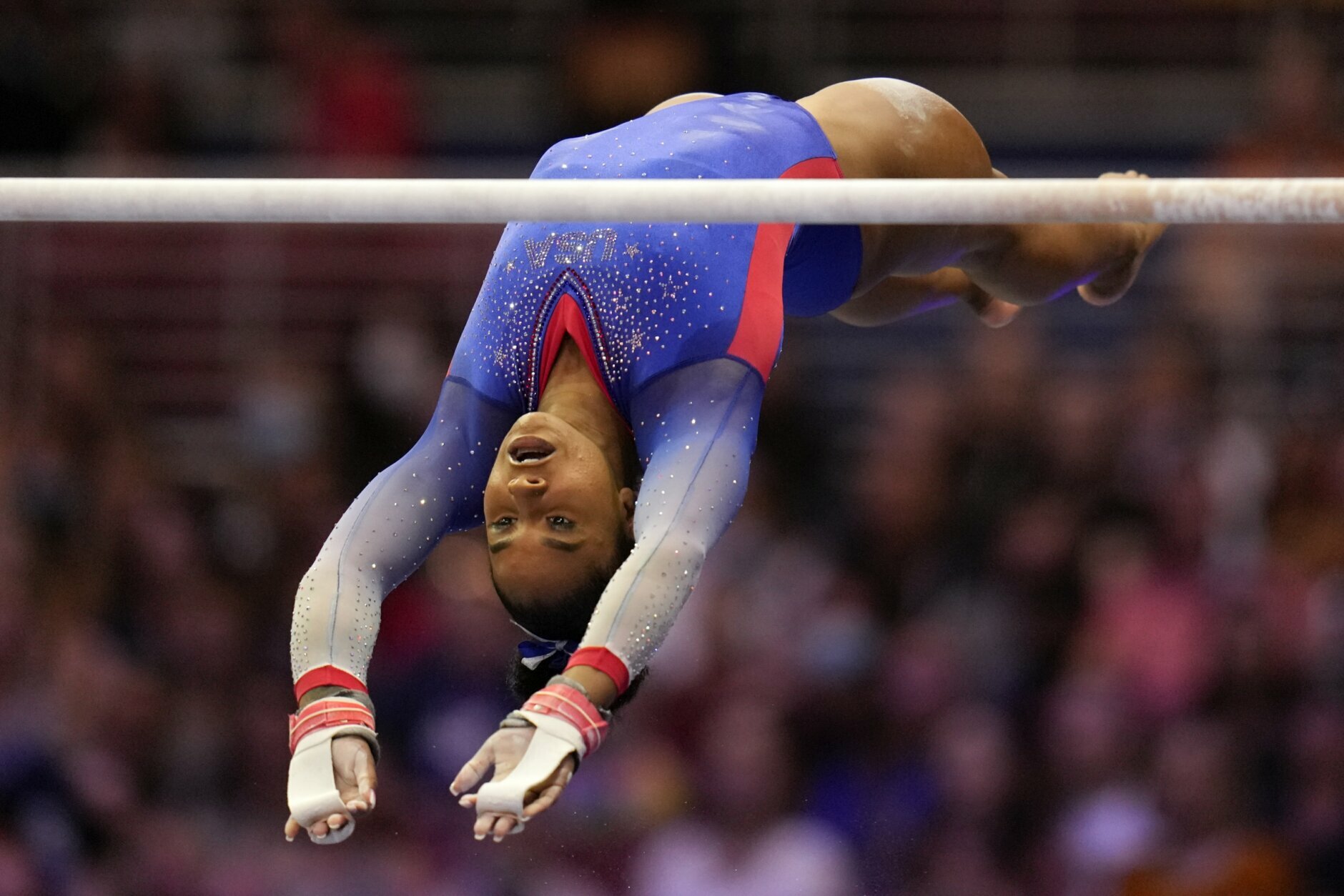Gymnastics Olympic Trials Injury Statistics

Gymnastics olympic trials injury – Gymnastics is a physically demanding sport that requires a high level of athleticism and flexibility. As a result, gymnasts are at risk for a variety of injuries, including sprains, strains, fractures, and dislocations.
The prevalence of injuries among gymnasts at the Olympic trials is high. A study published in the journal Sports Medicine found that 63% of gymnasts who participated in the 2012 Olympic trials sustained an injury during the competition.
Injury Rates of Male and Female Gymnasts, Gymnastics olympic trials injury
The injury rate among male gymnasts is higher than the injury rate among female gymnasts. The study published in Sports Medicine found that 71% of male gymnasts who participated in the 2012 Olympic trials sustained an injury, compared to 58% of female gymnasts.
Most Common Types of Injuries
The most common types of injuries sustained by gymnasts during the Olympic trials are sprains, strains, and fractures.
- Sprains are injuries to ligaments, which are the tough bands of tissue that connect bones together.
- Strains are injuries to muscles or tendons, which are the tough bands of tissue that connect muscles to bones.
- Fractures are breaks in bones.
Causes of Gymnastics Olympic Trials Injuries: Gymnastics Olympic Trials Injury

Gymnasts face a unique set of challenges during the Olympic trials, where intense training and high-stakes competition can lead to a variety of injuries. Understanding the factors that contribute to these injuries is crucial for preventing and mitigating their impact on gymnasts’ performance and overall well-being.
Training Intensity and Frequency
Gymnasts undergo rigorous training regimens that involve repetitive and demanding movements. The high intensity and frequency of training can put excessive stress on muscles, joints, and connective tissues, increasing the risk of injuries. Factors such as inadequate rest, poor technique, and insufficient recovery time can further exacerbate the injury risk.
Equipment and Facilities
The equipment and facilities used in gymnastics can also play a role in injury prevention or causation. Malfunctioning equipment, inadequate safety measures, or poorly designed training areas can increase the likelihood of falls, collisions, and other accidents. Proper maintenance, regular inspections, and adherence to safety protocols are essential for minimizing injury risk.
Psychological Factors
Psychological factors can also influence injury susceptibility in gymnasts. Stress, anxiety, and perfectionism can lead to muscle tension, reduced coordination, and impaired decision-making, all of which can contribute to injuries. Additionally, fear of injury itself can create a self-fulfilling prophecy, leading to increased cautiousness and hesitation, which can ironically increase the risk of accidents.
A wave of disappointment washed over me as I watched the news of gymnasts succumbing to injuries at the US Olympic trials. Their dreams of representing their country shattered in an instant. As a former gymnast, I knew the pain of such setbacks.
But I also knew that the spirit of the sport would endure, and that the injured athletes would find strength in the support of their teammates and the unwavering belief in their abilities.
The gymnastics Olympic trials were marred by a series of injuries, including one to Jordan Chiles, who is 5’6″ tall. Chiles’ injury was particularly disappointing, as she was one of the favorites to make the Olympic team. Her absence will be a major blow to the U.S.
team’s chances of medaling in Tokyo.